How did we do? The four words that everyone dreads to find in their inbox. Such is the unfortunate reality for the countless businesses who value customer feedback as a way of improving their services.
According to surveyanyplace.com, the average response rate to surveys sent by email is just 30%, with average in-app survey response rates being as low as 13%! Clearly, these numbers aren’t even close to being high enough to give companies a clear picture of their customers’ experiences – a real pain when trying to create positive changes to a process.
So, how might we overcome this problem and “nudge” more customers towards giving feedback? Well, strangely, the answer to this question comes from everybody’s favourite neighbourhood coffee shop: Starbucks.
As of January 2022, a Tall (Small) Caffe Latte could be delivered to your door by Uber Eats for £3.70, whereas a Venti (Large) cup of the same drink would set you back £4.45. Now, if you only had these options to choose from when you came to buy your coffee, it might be pretty tricky to work out which of the two represented the best value for money. Ever looking out for their customers, the friendly people at Starbucks help you get around this problem by offering a third option of a Grande (Medium) sized cup for £4.15 – and this is where Behavioural Science comes in…
By making the Grande 45p more expensive than the Tall, but only 30p less than the Venti, Starbucks have cleverly played on something known as the decoy effect. This effect suggests that introducing a third option into a choice, that is similar to, but not quite as good as one of the pre-existing options makes that similar pre-existing option more favourable. So, in our example, by pricing the Grande cup closer to the Venti cup, the Grande becomes a decoy, being similar to the Venti in cost but smaller (worse) in size. This allows you, the customer, to compare the value for money of each option more easily and eventually decide that the Venti is the best option for you.
A simple but effective way of making purchasing behaviour more predictable – but how does this relate to the challenge of increasing feedback survey response rates and improving customer experiences?
At Caja, we help businesses tackle this issue by using a variation of the decoy effect that encourages people to make a compromise. Before our input, most of our clients offer two options to their customers: no feedback or a short survey. Through adding a decoy option, that is similar to, but worse than the short survey (e.g., a longer survey), we can position the short survey as a compromise. This simple change increases the likelihood that the short survey is chosen over the option of no feedback, helping our clients learn more about their customers’ experiences and improve their services to match.
By applying behavioural science techniques ethically and using a “Venti” option as the decoy, we can benefit both our clients and their customers, by nudging choice towards the “Grande”.
Thanks a lot, Starbucks.
To find out more about how we can help you deploy the decoy, contact us directly at admin@cajagroup.com or Tel: 01782 443020.




